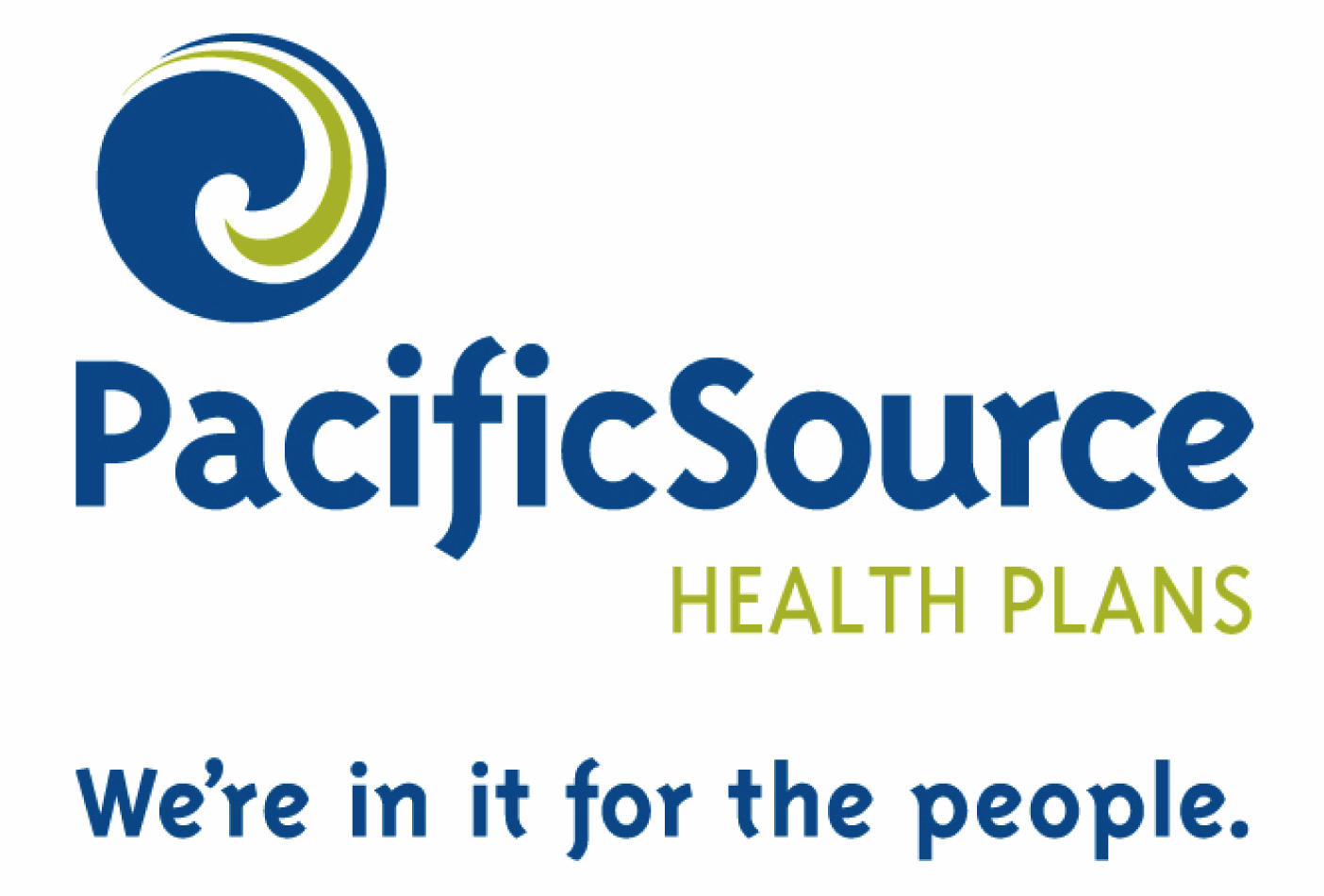Recently, in the New York Times, Atul Gawande was joined by three other physicians in making the case for reforming how we deliver health care so that we can improve outcomes while lowering the cost of care. As with any “10-step” program, the first step is to admit there is a problem. Their op-ed begins:
We have reached a sobering point in our national health-reform debate. Americans have recognized that our health system is bankrupting us and that we have dealt with this by letting the system price more and more people out of health care. So we are trying to decide if we are willing to change — willing to ensure that everyone can have coverage. That means banishing the phrase “pre-existing condition.” It also means finding ways to pay for coverage for those who can’t afford it without help.
Both of these steps stir heated argument, not to mention lobbyists’ hearts. But what creates the deepest unease is considering what we will have to do about the system’s exploding costs if pushing more people out is no longer an option. We have really discussed only two options: raising taxes or rationing care. The public is understandably alarmed.
There is a far more desirable alternative: to change how care is delivered so that it is both less expensive and more effective. But there is widespread skepticism about whether that is possible.
Read the whole story here.










Recent Comments